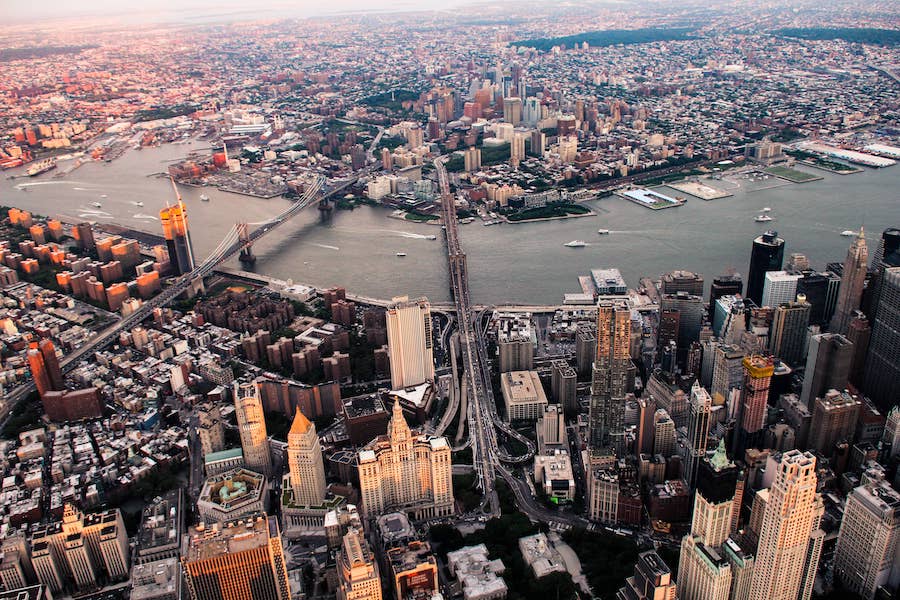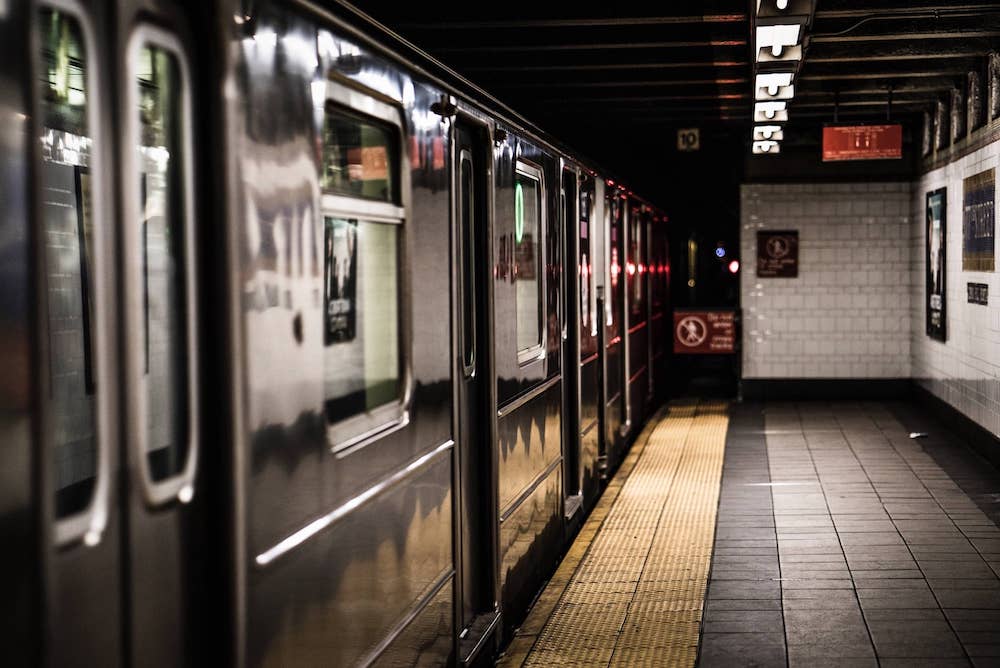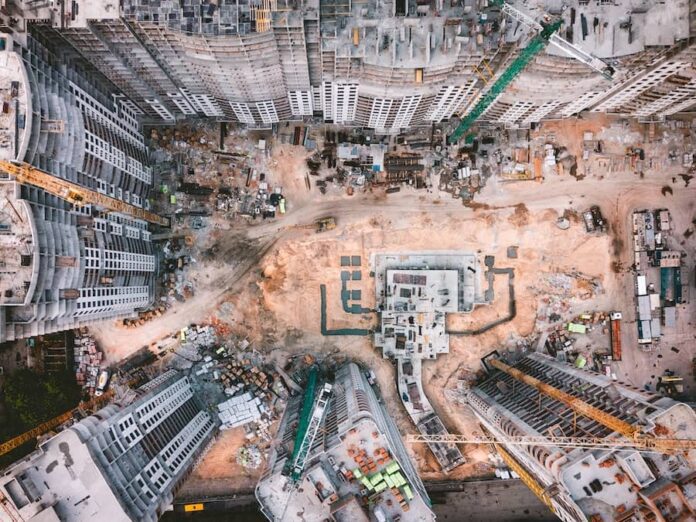The American Society of Civil Engineers ranked NYC infrastructure mediocre at best across 11 categories, largely due to lack of funding.
According to the ASCE, New York’s infrastructure hasn’t improved much since 2015. Having improved only slightly from seven years ago, the city’s infrastructure is lagging considerably. A state as large as New York and a city as developed as NYC should be better positioned to meet key infrastructure needs.
Civil engineers evaluated New York’s transportation capabilities, water regulation, and public space. In total, there were 11 categories assessed. Of those 11, only two were in ‘good condition’—public parks and solid waste. The rest were either in mediocre or poor condition.
For the first time in 20 years, American infrastructure is out of the D range, receiving a nationwide score of C- in 2021. With New York scoring slightly higher than the nationwide average, the city is doing relatively well at providing residents with critical services, given NYC’s infrastructural challenges.
Why did NYC receive such a low score?
The report acknowledged that city agencies had made significant progress in modernizing the city’s infrastructure, especially over the last decade. However, the ASCE concluded that there is an inability to keep pace with capital costs and, thus, the growing needs of the New York population.

Capital investment currently needs a total of $64 billion throughout 2024—a value far exceeding any infrastructure funding plans on behalf of the federal or state governments.
As one of the most densely populated and largest metropolitan areas in the country, it’s no surprise NYC has a complex, ground transportation system. What might come as a surprise is that ground transportation scored considerably low. Transit, Rail, Roads, and Bridges scored between C and D+, highlighting sizable strain on existing resources and an immediate need to improve a public service that’s crucial to New Yorkers.
Understanding the impact of poor infrastructure in NYC
Although state and local agencies have coordinated funding solutions to improve New York’s transportation system, the ASCE reports there is still “serious concern for the adequacy of future funding.” Out of the four recommendations the ASCE made for New York State to improve its infrastructure score, increasing funding is the first.
Ridership across transit and aviation entities have diminished significantly after COVID. As a result, engineers are encouraging state officials to not only increase funding for existing infrastructure projects but also take a step back to reassess infrastructure goals as a whole; while taking into consideration lifestyle changes ushered in by the pandemic.
Hybrid and remote work has taken many New Yorkers out of the city and into the suburbs, placing an unexpected strain on roads and bridges connecting the two parts of town. New York state and city officials will likely need to reassess the longevity of intrastate infrastructure in the near future.
Transit, Roads, & Bridges
New York City Transit Authority remains the busiest and largest transit system in North America. Its 100+ transit systems are currently wrestling with a $62.1 billion funding backlog across 12 counties. With an annual ridership of 640 million, these backlogs leave many residents at a transportation disadvantage should funding backlogs persist.
Freight rail transportation is well-positioned to deliver key services to New York customers. Two railway developments in particular marked significant improvements—the opening of Moynihan Train Hall and the Gateway Program. The Moynihan Train alone facilitates the daily movement of 650,000 passengers through Penn Station.
About half of New York’s major highways are considered to be in fair or poor condition. Lags in maintenance have resulted in congestion, rough roads, and safety deficiencies across New York’s 240,000 miles of road. Congestion and rough roads are estimated to cost New York motorists $7.7 billion annually statewide. That comes out to about $759 per driver every year.
Similar to rail transportation, New York State’s bridge program has advanced substantially with high-profile replacements of Governor Mario M. Cuomo and Thaddeus Kosciuszko Bridges. Both are considered critical lifeline bridges in the city.
With bridge and tunnel traffic approaching pre-pandemic levels, the Port Authority of New York and New Jersey is dealing with up to 10.1 million vehicle trips a month. The city’s smaller bridges spread across the boroughs of Brooklyn, Manhattan, Williamsburg, and Ed Koch Queensboro bridges started to record close to 250,000 monthly vehicle crossings headed to Manhattan in May of last year.
About 60% of the city’s bridge infrastructure is in fair condition. The remainder is either ‘good’ or ‘very good.’ Just 1 structure of the 799 surveyed was found to be in poor condition.
The reconstruction and replacement of hundreds of smaller bridges have also strengthened the city’s flood resistance which is becoming increasingly relevant given New York’s coastal geography and rising climate concern. Despite these advancements, almost 10% of the state’s bridges are in poor condition, which is above the national average of 7.5%.
How is President Biden’s Bipartisan Infrastructure Law going to benefit New York?
This July, the Biden-Harris Administration announced $5.9 billion in Bipartisan Infrastructure Law funding for the State of New York. 100 specific projects are identified within the funding plan, promising significant infrastructure improvements over the next five years.
By the end of this year, New York is expected to receive more than $5 billion for transportation dedicated to the enhancements of roads, bridges, transit, ports, and airports. Additionally, New York is set to receive $420 million for clean water initiatives.

Public Transit
Over the next five years, New York will receive $11.2 billion for public transportation improvements across the state, making it the largest investment in public transit in U.S. history. The Bipartisan Infrastructure Law is intended to expand healthy and sustainable transport for all New Yorkers, including non-white households which are 2.5 times more likely to commute to work via public transportation.
Transit Funding Gap ($52.8 billion)
As of July 2022, New York has been allocated $2.2 billion to improve public transportation options across the state in fiscal year 2022. Although federal funding for NY public transit is significant, it still falls short of New York’s transportation capital investment needs of $64 billion. Through 2024, New York City’s Metropolitan Transportation Authority will need a total of $62.1 billion to close funding backlogs. The remaining $1.7 billion funding deficit belongs to Upstate and suburban transit agencies.
Roads & Bridges
In allocating $13.6 billion in federal funding for New York highways and bridges, the Bipartisan Infrastructure Law is making the single largest dedicated bridge investment since the construction of the interstate highway system. At the moment, there are 1,702 bridges and over 7,292 miles of highway in poor condition in New York.
Bridges & Roads Funding Gap
As of July 2022, New York has been granted $2.2 billion in highway funding and $408 million in funding for bridges. New York’s State Budget for 2022/2023 increases direct support for local roads and bridges to more than $6.1 billion and adds nearly $2.5 billion to the existing BRIDGE NY program. The combined efforts between state and federal funding programs go a long way to strengthen the state’s bridge and road needs in the short term. However, the ASCE has determined that funding still falls short of total need, overlooking the need for what they refer to as long-term fixes.
Water
The Bipartisan Infrastructure Law promises to replace lead service lines and address dangerous PFAS chemicals found in drinking water across America. For New York, this translates into $116 million for lead pipe and service line replacement and $73 million for safe drinking water investments for fiscal year 2022. As of July of this year, approximately $427 million has been made available for clean and safe water across the state.
Water Funding Gap
The need for drinking water infrastructure is estimated at $44.2 billion over the next 20 years. Although current funding efforts are certainly enough to sustain clean water provision across the state, lack of sufficient water system revenue is concerning. Water system revenue is only growing at about the rate of inflation.
Airports & Ports
As one of the most visited countries in the world, it’s surprising to discover that no U.S. airports rank in the top 25 of airports worldwide. American ports and waterways are in need of much needed repair and innovation, as well. The Bipartisan Infrastructure Law is allocating a collective $25 billion in airports and $17 billion in port infrastructure to address supply chain challenges and reduce congestion and emissions near airports and ports.
Aviation & Port Funding Gap
As of July 2022, New York has received more than $155 million in funding for airports and $63 million in funding for ports. With an estimated infrastructure funding gap of $13.7 billion from 2017-2026 for New York airports, federal funding falls short of meeting demand. As mentioned above, the Port Authority of New York New Jersey has identified a capital need of $20 billion to replace mission-critical wharf structures, making federal funding for ports insufficient as well.
What’s next for New York infrastructure?
The ASCE made clear that New York’s infrastructure transportation network, particularly in the NYC metropolitan area, is experiencing considerable pressure given that current needs far away available funding.
Even with local, state, and federal funding joining forces to tackle the infrastructure funding problem facing New York, it seems that funding is simply inadequate for the depth of improvements that would need to take place.
Amtrak’s Northeast Corridor alone is facing a $38 billion backlog. The passenger rail is a vital aspect of transportation to and from New York state, connecting rural communities to the rest of the country, supporting economic development, and reducing vehicle congestion. More than 840,000 commuters reach their destinations every weekday on an Amtrak train.
With ridership making a comeback across several transportation sectors across the state of New York, decision-makers in the city are going to have to carefully consider the impact of budget shortfalls on a variety of infrastructure systems, but especially transit and aviation.
Vivian Tejada is a freelance real estate writer from Providence, RI. She writes SEO blogs for real estate, travel and hospitality companies. She's passionate about the future of work and helping Latin American freelancers achieve time, location, and financial freedom. When she’s not writing you can find her at the gym, a family cookout, or at brunch with her girls. Follow her on Linkedin to learn more.



